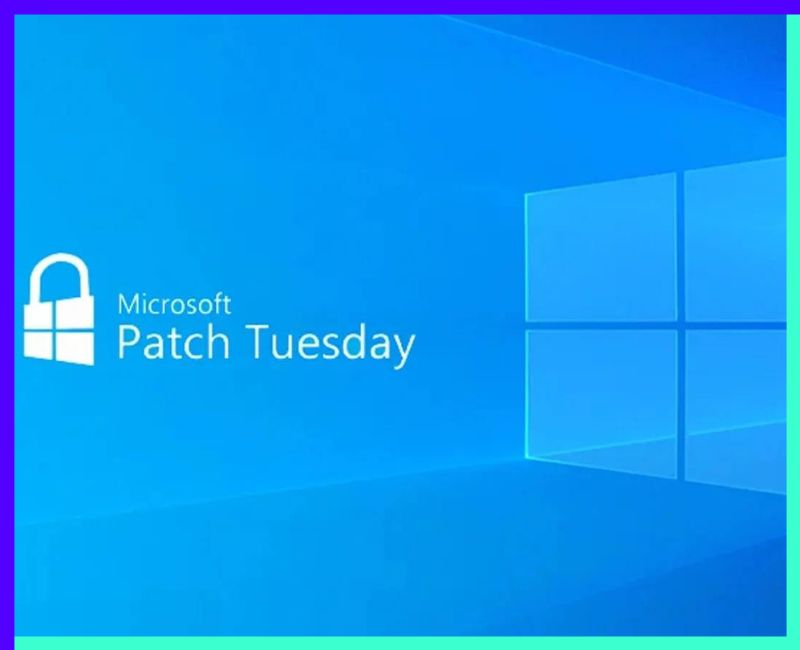In its latest Patch Tuesday update for August 2024, Microsoft has addressed a significant number of security vulnerabilities that pose critical risks across a variety of its products and services. The update is particularly vital as it includes patches for six zero-day vulnerabilities that are currently being actively exploited. This comprehensive security release spans across platforms including Windows, Office, Azure, Dynamics, and Edge, reinforcing Microsoft’s commitment to safeguarding its users against emerging cyber threats.
Understanding the Significance of the Latest Patch Tuesday
This Patch Tuesday stands out due to the urgent nature of the vulnerabilities addressed, including six zero-days that hackers are actively exploiting. These vulnerabilities impact key Microsoft services and software, which are integral to the operation of countless organizations worldwide. As such, Microsoft and cybersecurity experts are urging all users to implement these updates immediately to protect against potential attacks.
Detailed Analysis of the Six Actively Exploited Zero-Days
- CVE-2024-38178 – Scripting Engine Memory Corruption Vulnerability
- This zero-day affects users of Microsoft Edge running in Internet Explorer Mode. It allows remote code execution when a user clicks on a malicious URL. Notably reported by AhnLab and South Korea’s National Cyber Security Center, this vulnerability has been marked as potentially used in nation-state sponsored Advanced Persistent Threat (APT) activities.
- CVE-2024-38193 – Windows Ancillary Function Driver for WinSock Elevation of Privilege
- Discovered by Gen Digital, this vulnerability allows attackers to gain SYSTEM privileges, making it an attractive target for ransomware attacks. It underscores the critical need for systems to be updated promptly to prevent such escalations.
- CVE-2024-38213 – Windows Mark of the Web Security Feature Bypass
- This security flaw enables attackers to circumvent Windows SmartScreen, potentially allowing malicious files to go undetected. It was identified by a researcher from Trend Micro’s Zero Day Initiative, highlighting the intricate ways in which attackers can exploit seemingly secure systems.
- CVE-2024-38106 – Windows Kernel Elevation of Privilege
- This particular vulnerability within the Windows Kernel could allow an attacker to gain SYSTEM privileges by winning a race condition. Although it is categorized as having high complexity, it has been proven to be exploitable in the wild.
- CVE-2024-38107 – Windows Power Dependency Coordinator Elevation of Privilege
- Affecting the Windows Power Dependency Coordinator, this bug can lead to SYSTEM-level access, posing a significant risk especially in environments where Modern Standby is used.
- CVE-2024-38189 – Microsoft Project Remote Code Execution
- This rare vulnerability within Microsoft Project involves maliciously crafted files. Although it requires specific security settings to be disabled, it has been observed in active attacks, demonstrating its practical threat.
Additional Measures and Recommendations
Apart from these six zero-days, Microsoft’s recent security patch also resolves several other critical vulnerabilities and three publicly disclosed issues. The tech giant is still working on rectifying a tenth publicly known zero-day, indicating ongoing efforts to enhance security.
The Urgency of Implementing Security Patches
Given the sophistication and active exploitation of these vulnerabilities, the importance of updating systems cannot be overstated. Organizations and individuals alike must prioritize these patches to protect their systems from potential breaches that could lead to severe data loss or operational disruption.






